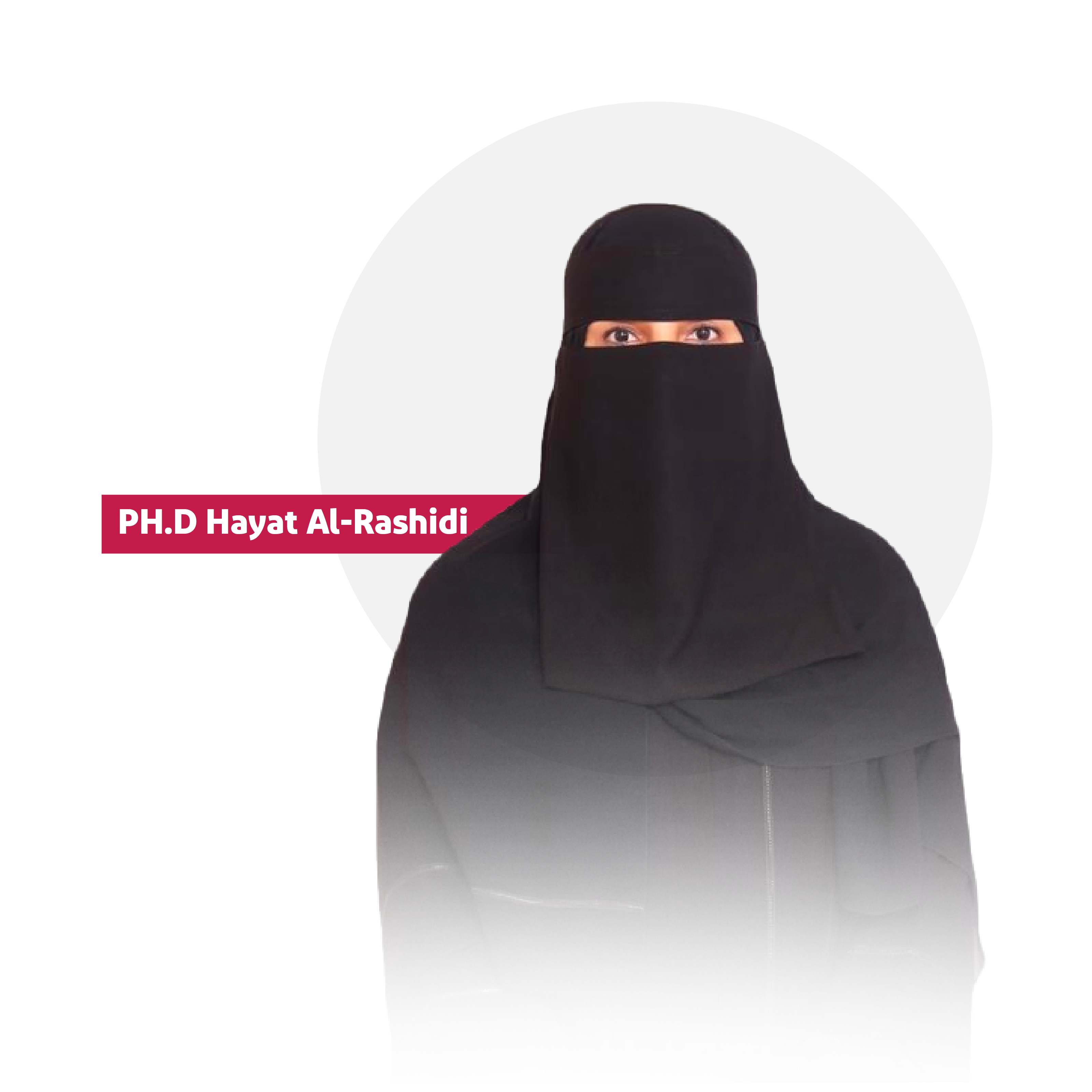
Eastern Gulf of the Arabian Peninsula...
Arabic or Persian?
Assyrians, Babylonians and Akkadians called it the “Southern Sea” or the “Lower Sea”, opposite to the Upper Sea, which is the Mediterranean Sea.
The Persians called it the “Persian Sea”. It was said that the name was first known by the Persian king Darius in his words “about the sea that connects Egypt and Persia”. It is most likely that Alexander the Great was the first to launch that name after the journey of his delegate, Prince of the Sea Niarchos in the year 326 BC. He returned from India with his fleet along the Persian coast, yet hedid not recognize the Arab side of the Gulf. Thus, Alexander was prompted to call the Gulf that name and it remained in circulation through inheritance. Through Greece, the name leaked to the West and some Arabs used it too.
Romans called it the “Arabian Gulf”. Among those who called it that name was the Roman historian Pliny in the first century AD, when he said: “Kharax (Mohammarah) is a city situated at the far end of the Arabian Gulf, where the most protruding part of Happy Arabia (Arabia Felix) begins and it is built on an artificial hill”.
The Arabs called it Gulf of Basra, Gulf of Oman, Gulf of Bahrain or Gulf of Qatif, because these three cities used to use it as a starting point for ships that sailed through it and controlled its waters, according to sources. The name Bahr al-Basra dates back to the period of Islamic conquest during the reign of the Rightly Guided Caliph Umar ibn al-Khattab.
Some Western researchers have begun to abandon the Persian name of the Gulf, including the English historian Roderick Owen, who visited the Arabian Gulf and published a book about it in 1957, entitled The Golden Bubble – Documents of the Arabian Gulf, in which he said that he visited the Arabian Gulf while he believed that it was a Persian Gulf because that was the name mentioned thereof on the geographical maps. However, once he could acknowledge it closely, he decided that it would be more correct to call it the “Arabian Gulf” because most of the inhabitants of its coasts are Arabs. He said: “Facts and fairness necessitate naming it the Arabian Gulf.” Likewise, the French writer Jean-Jacques Berbe emphasized the Arabism of the Gulf in his book, in which he deals with the events of the region and its strategic importance, where he says: “The part washed by the waters of Karun River from Ahvaz region with the lower part of Mesopotamia constitutes a geographical and economic unit… Ahvaz region is the tip of the fertile crescent that begins at the Palestinian plains and ends there, passing through Lebanon, Syria and Iraq”.
Danish historian Carsten Niebuhr, who toured the Arabian Peninsula in 1762, says: “I cannot pass by similar silence by the most important Arab-colonies, which despite being established outside the borders of the Arabian Peninsula, are the closest thereto. By this I mean the Arabs living on the southern coast of Persia, who are mostly allied with the neighboring sheikhs or subject thereto. Different circumstances agree to indicate that these tribes settled on the Gulf before the conquests of the caliphs and have always maintained their independence. It is funny that our geographers depict a part of Arabia as subject to the rule of the Persian kings, while those kings could never be masters of the sea coast in their own state. Rather, they patiently tolerated that this coast should remain in the possession of the Arabs.
In January 1990, Jean-Pierre Venon, professor at the National Institute of Oriental Languages and Civilizations in Paris, wrote a study in the French magazine, Le Monde, about the Gulf confirming its name as the Arabia Gulf. Iranian embassy protested and wrote back to Pierre. However, he responded to them supported by scientific arguments and presented Lucanor map, which dates back to the end of the sixteenth century, which bears the Latin name Sinus Arabicus, i.e., the Arabian Sea, and said: “I found more than one document and map in the National Library in Paris that conclusively proves the name Arabian Gulf, all of which oppose the Iranian point of view”.
Arabs live on both sides of the Gulf, both in the western part of Oman, the Emirates, Bahrain, Qatar, Saudi Arabia, Kuwait and Iraq, and on the eastern part where they settle in Arabistan region of Ahvaz and Linja.
In return for all this, Iran believes that it has the right to control the rest of the Arabian Gulf and considers its western coasts colonies that belonged to the Kingdom of Persia before Islam. It also considers that “Persian Gulf” is the only name given to the Gulf and denies the existence of any other name.

